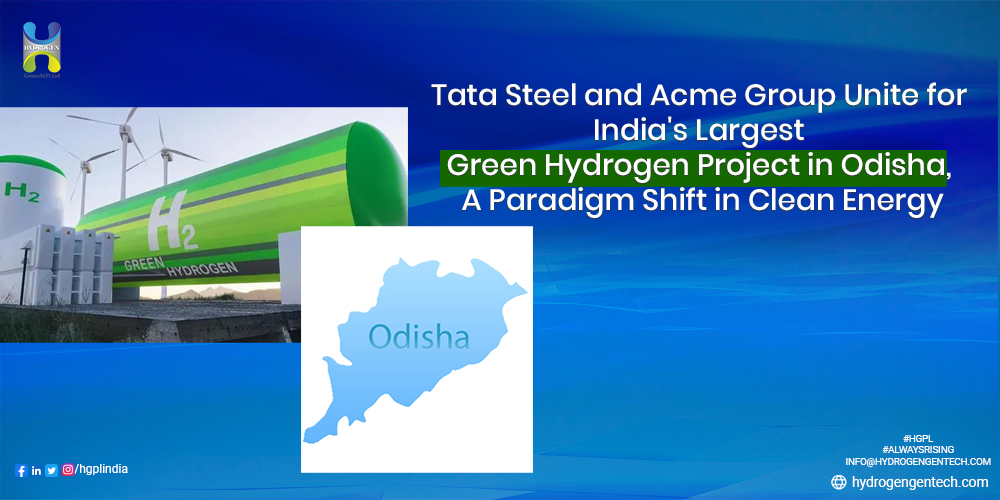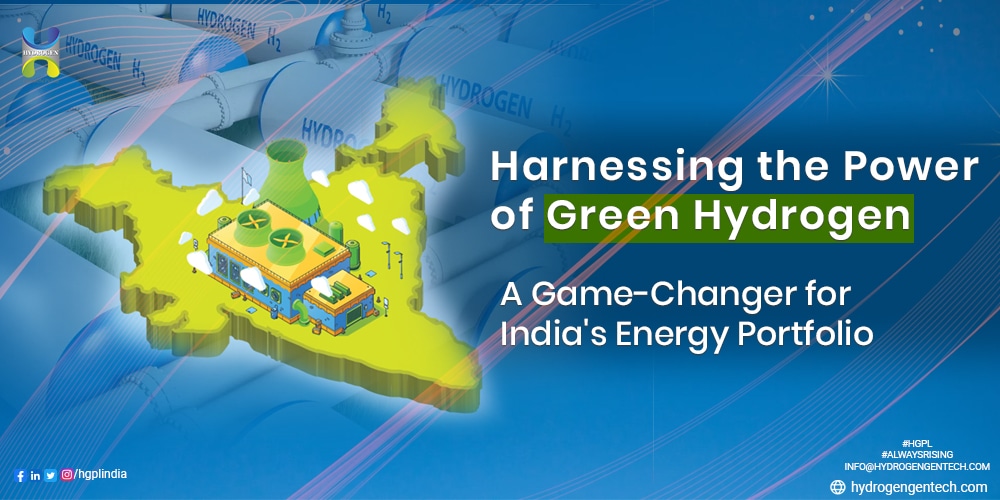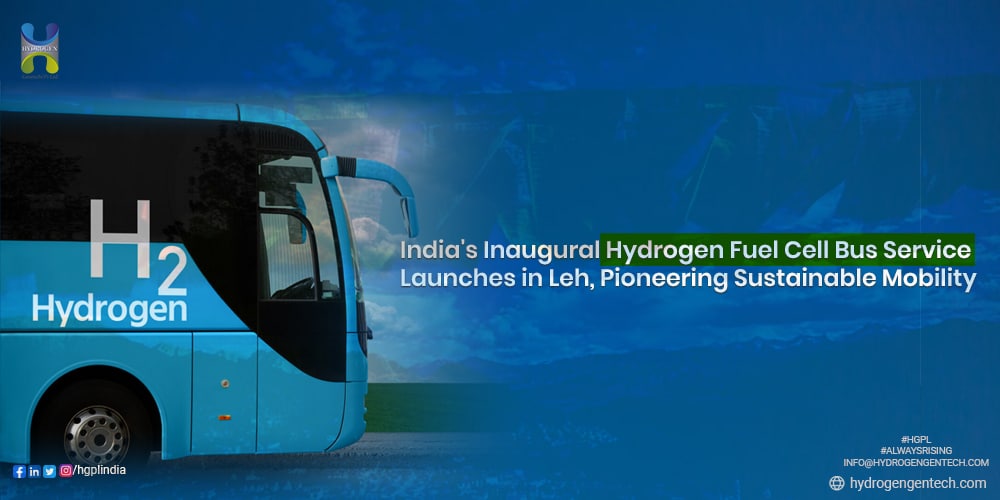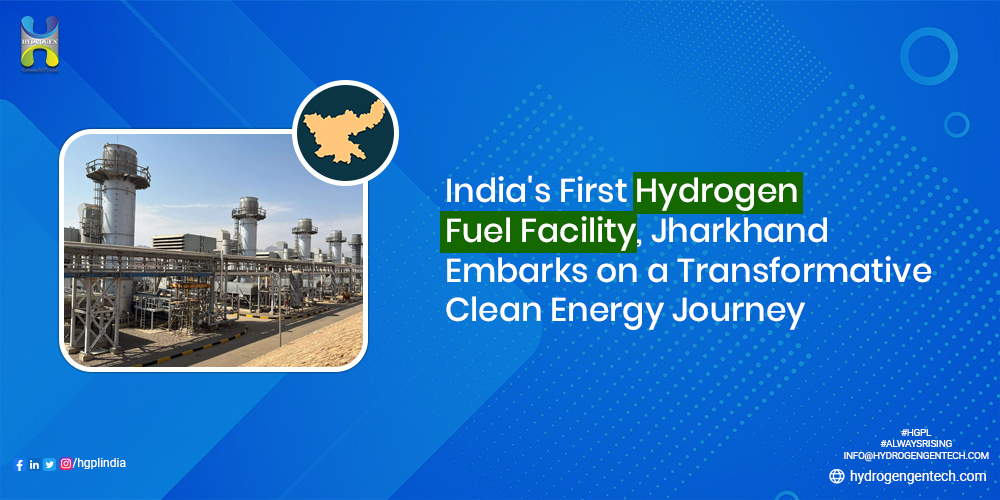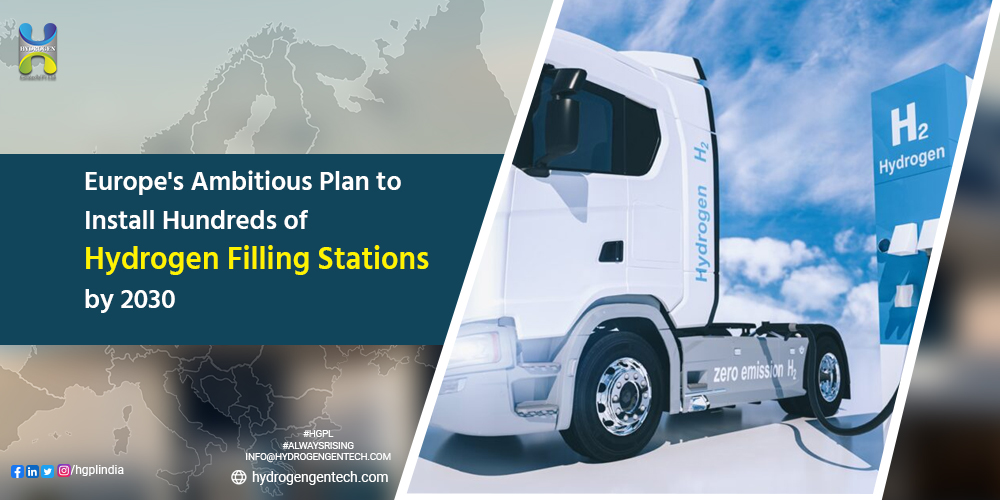Introduction
ACME Group, a well-known diversified renewable energy company, has set its sights on revolutionizing the hydrogen industry in India. In a significant development, the company has signed an agreement with Tata Steel Special Economic Zone Limited (TSSEZL) to establish a 1.3 million tonnes per annum (MTPA) green ammonia production facility at the Gopalpur Industrial Park (GIP) in Odisha. This ambitious project is poised to become the largest single-location green hydrogen and its derivatives manufacturing facility in the country.
The Partnership with TSSEZL and IHI Corporation
ACME Group’s partnership with TSSEZL, a subsidiary of Tata Steel, is a strategic move that will provide the necessary infrastructure and support for the green ammonia project. The agreement was signed between Manikanta Naik, Managing Director of TSSEZL, and Sandeep Kashyap, Chief Operating Officer of ACME Group, in the presence of Hemant Sharma, Principal Secretary of Industries Department and Chairman of IDCO & IPICOL, Government of Odisha.
As part of this project, ACME Group plans to collaborate with Japan’s IHI Corporation, a global leader in engineering, procurement, and construction (EPC) services. The expertise of IHI Corporation in the hydrogen sector will play a crucial role in ensuring the success of the green ammonia production facility. This partnership will further strengthen the ties between India and Japan in the field of clean energy.
The Green Ammonia Production Facility
ACME Group’s green ammonia production facility at GIP will have a capacity of nearly 1.3 MTPA. The production of green ammonia will be based on the utilization of green hydrogen, which will be produced using renewable power sources. This approach ensures that the entire production process is environmentally friendly and aligns with the principles of sustainable development.
The Gopalpur Industrial Park, located in Ganjam District of Odisha, provides a strategic advantage for this project. The existing port facilities at Gopalpur will enable the export of the green ammonia to both Western and Eastern markets. This will position ACME Group as a key player in the global green hydrogen and ammonia market, offering competitive prices and contributing to India’s vision of becoming a global hub for green hydrogen and its derivatives.
Government Support and the Make in India Initiative
ACME Group’s green hydrogen and green ammonia project has received significant support from the Government of Odisha. The Hon’ble Chief Minister of Odisha, Shri Naveen Patnaik, and the Department of Industries, Govt of Odisha, have played instrumental roles in extending their support to this project. The proactive approach of the state government and its commitment to green energy have created a conducive environment for the establishment of such a groundbreaking facility.
The project also aligns with the Make in India initiative, spearheaded by the Hon’ble Union Minister for Power, New and Renewable Energy, Shri R K Singh, and the Ministry of New and Renewable Energy. This initiative aims to promote domestic manufacturing and position India as a global manufacturing hub. ACME Group’s green hydrogen and green ammonia project will contribute significantly to this vision by offering Make in India products to both domestic and international markets.
Odisha’s Vision for Green Hydrogen and Green Ammonia
The Government of Odisha envisions the state as a leader in the green fuel economy, with a particular focus on green hydrogen and green ammonia. Hemant Sharma, Principal Secretary of Industries Department and Chairman of IDCO & IPICOL, Government of Odisha, expressed this vision and reaffirmed the state’s commitment to sustainable and prosperous development. Odisha’s progressive policies, attractive incentives, and industry-friendly environment have positioned it as an ideal destination for investments in the green energy sector.
The Emerging Manufacturing Hub at Gopalpur Industrial Park
Tata Steel Special Economic Zone Limited’s Gopalpur Industrial Park (GIP) has emerged as a preferred investment destination in a short span of time. With plug-and-play infrastructure, multi-modal logistics connectivity, ready environmental clearance, and clear land titles, GIP offers a conducive environment for businesses to thrive. The industrial park has already attracted significant investments, amounting to around Rs. 4,000 crore, and is poised for further growth with ACME Group’s green ammonia production facility.
Conclusion
ACME Group’s ambitious plan to establish a 1.3 MTPA green ammonia production facility in Odisha marks a significant milestone in India’s journey towards a sustainable and green future. This project, in partnership with TSSEZL and IHI Corporation, will not only position ACME Group as a key player in the green hydrogen and ammonia market but also contribute to India’s goal of becoming a global hub for green hydrogen and its derivatives.
With the support of the Government of Odisha and its commitment to green energy, this project will pave the way for a green fuel revolution in India. The establishment of the green ammonia production facility at Gopalpur Industrial Park will create new opportunities for employment, boost the economy, and enhance India’s standing in the global clean energy landscape. ACME Group’s vision and efforts reflect their commitment to sustainable development and a cleaner, greener future for all.


